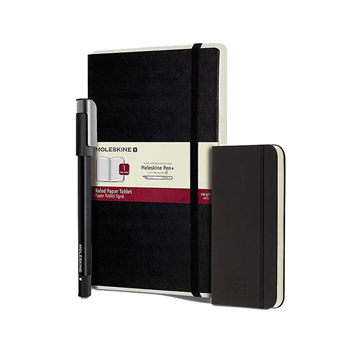Once the site has been selected, it must be surveyed to determine its boundaries, and environmental impact studies may be done. Lease agreements, titles and right-of way accesses for the land must be obtained and evaluated legally. For off-shore sites, legal jurisdiction must be determined.
Once the legal issues have been settled, the crew goes about preparing the land:
1. The land is cleared and leveled, and access roads may be built.
2. Because water is used in drilling, there must be a source of water nearby. If there is no natural source, they drill a water well.
3. They dig a reserve pit, which is used to dispose of rock cuttings and drilling mud during the drilling process, and line it with plastic to protect the environment. If the site is an ecologically sensitive area, such as a marsh or wilderness, then the cuttings and mud must be disposed offsite -- trucked away instead of placed in a pit.
Once the land has been prepared, several holes must be dug to make way for the rig and the main hole. A rectangular pit, called a cellar, is dug around the location of the actual drilling hole. The cellar provides a work space around the hole, for the workers and drilling accessories. The crew then begins drilling the main hole, often with a small drill truck rather than the main rig. The first part of the hole is larger and shallower than the main portion, and is lined with a large-diameter conductor pipe. Additional holes are dug off to the side to temporarily store equipment -- when these holes are finished, the rig equipment can be brought in and set up.
Depending upon the remoteness of the drill site and its access, equipment may be transported to the site by truck, helicopter or barge. Some rigs are built on ships or barges for work on inland water where there is no foundation to support a rig (as in marshes or lakes).
The crew sets up the rig and starts the drilling operations. First, from the starter hole, they drill a surface hole down to a pre-set depth, which is somewhere above where they think the oil trap is located. There are five basic steps to drilling the surface hole:
1. Place the drill bit, collar and drill pipe in the hole.
2. Attach the kelly and turntable and begin drilling.
3. As drilling progresses, circulate mud through the pipe and out of the bit to float the rock cuttings out of the hole.
4. Add new sections (joints) of drill pipes as the hole gets deeper.
5. Remove (trip out) the drill pipe, collar and bit when the pre-set depth (anywhere from a few hundred to a couple-thousand feet) is reached.
Once they reach the pre-set depth, they must run and cement the casing -- place casing-pipe sections into the hole to prevent it from collapsing in on itself. The casing pipe has spacers around the outside to keep it centered in the hole.
The casing crew puts the casing pipe in the hole. The cement crew pumps cement down the casing pipe using a bottom plug, a cement slurry, a top plug and drill mud. The pressure from the drill mud causes the cement slurry to move through the casing and fill the space between the outside of the casing and the hole. Finally, the cement is allowed to harden and then tested for such properties as hardness, alignment and a proper seal.
Source:
Please rate this
Poor




 Excellent
Excellent




 Excellent
Excellent
Votes: 0 |NaN out of 5






